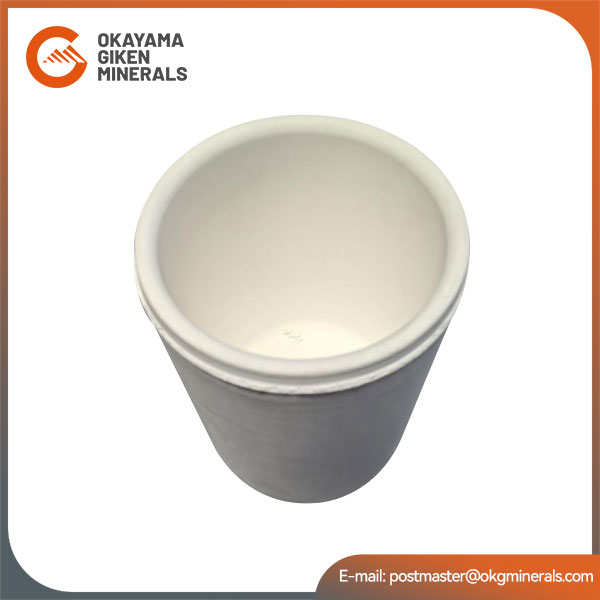What are the main characteristics of ceramic materials?
2024-12-21
Ceramic materials are widely known for their unique properties and versatility across various applications. They can be found in a range of industries, from construction and electronics to healthcare and aerospace. The main characteristics of ceramic materials include:

1. Hardness
- High Hardness: Ceramics are generally very hard and wear-resistant, which makes them ideal for applications that require durability, such as cutting tools, abrasives, and coatings. This characteristic is due to their strong ionic and covalent bonds.
2. Brittleness
- Fragility: While ceramics are hard, they are also brittle, meaning they tend to fracture or break under high stress or impact. This is because the atomic structure in ceramics does not allow them to deform easily, unlike metals that can absorb stress through plastic deformation.
3. High Melting Point
- Thermal Stability: Ceramics typically have high melting points, making them suitable for use in high-temperature environments. Materials like alumina, silicon carbide, and zirconia are commonly used in high-temperature applications such as furnaces and engines.
4. Electrical Insulation
- Electrical Insulators: Most ceramics are excellent electrical insulators. They have low electrical conductivity, which makes them ideal for insulating applications, such as in power lines, capacitors, and electronic components.
5. Thermal Insulation
- Low Thermal Conductivity: Many ceramics are also good thermal insulators, meaning they do not easily allow heat to pass through. This makes them useful for thermal protection, such as in the construction of heat shields and ovens.
6. Chemical Inertness
- Corrosion Resistance: Ceramics are highly resistant to corrosion and degradation by chemicals, acids, and moisture. This makes them ideal for use in harsh chemical environments, such as chemical reactors, pipes, and medical implants.
7. Lightweight (in certain forms)
- Low Density: Some ceramics, such as those made from lightweight materials like silicon carbide or lightweight concrete, are relatively low in density, which makes them lighter than metals and suitable for specific structural applications.
8. Porosity
- Porosity: Many ceramics have a porous structure, especially in their natural forms or when manufactured as sintered ceramics. This property is particularly useful in filtration, catalysis, and other applications where fluid or gas passage is needed.
9. Aesthetic Qualities
- Color and Finish: Ceramic materials can be produced in various colors and finishes. Glazed ceramics, for instance, are commonly used in pottery, tiles, and decorative items due to their shiny and aesthetically pleasing surface.
10. Formability
- Moldability: Ceramics can be molded or shaped during their manufacturing process, often while in a plastic or soft state before being fired in a kiln. This makes them highly versatile in producing complex shapes for different industrial, artistic, and consumer applications.
11. High Strength-to-Weight Ratio
- Structural Strength: When properly processed, ceramics can offer an excellent strength-to-weight ratio, making them suitable for applications in industries like aerospace, automotive, and construction.
12. Low Expansion
- Dimensional Stability: Ceramics tend to have low coefficients of thermal expansion, meaning they do not expand or contract significantly with changes in temperature. This property ensures dimensional stability under extreme temperature conditions, making them valuable in precision components.
Applications of Ceramics:
- Building Materials: Bricks, tiles, cement.
- Electronics: Capacitors, insulators, semiconductors.
- Aerospace: Heat shields, turbine blades.
- Medical: Prosthetics, dental materials.
- Consumer Goods: Cookware, decorative items.
Conclusion:
The main characteristics of ceramic materials—such as hardness, brittleness, high melting point, electrical and thermal insulation properties, chemical resistance, and formability—make them indispensable in various fields. While ceramics may be brittle, their other exceptional properties make them invaluable in applications requiring durability, heat resistance, and precise insulation.


